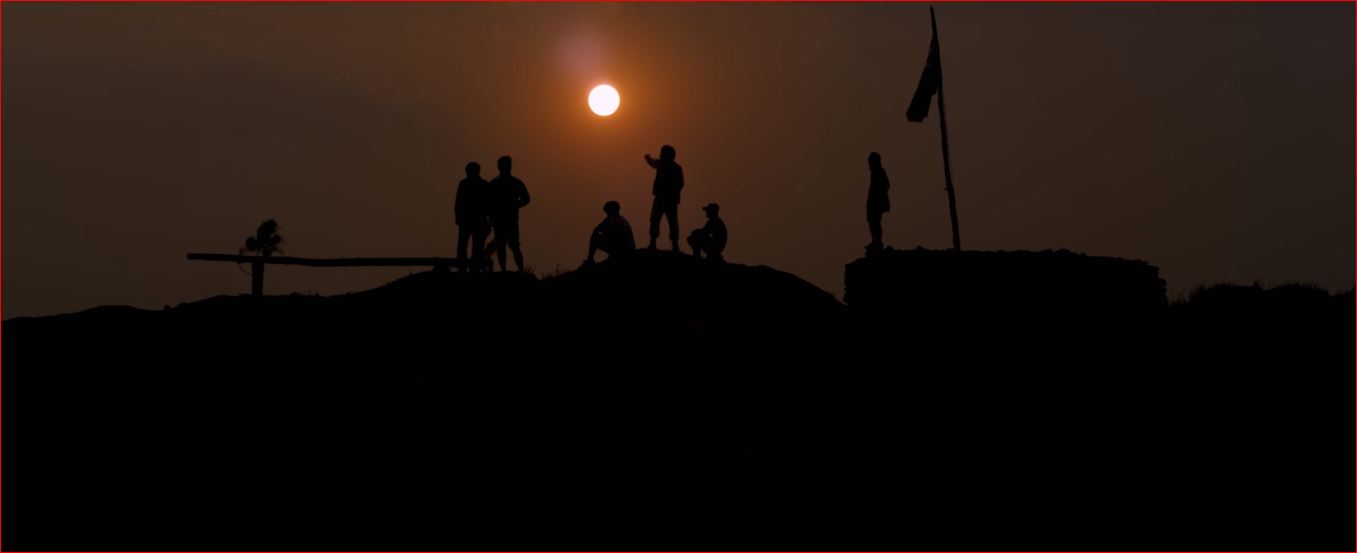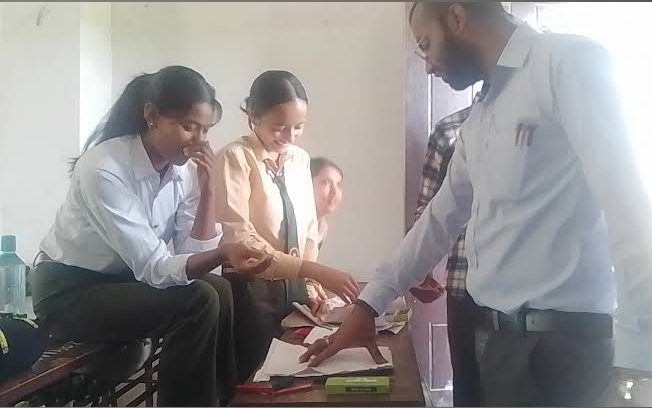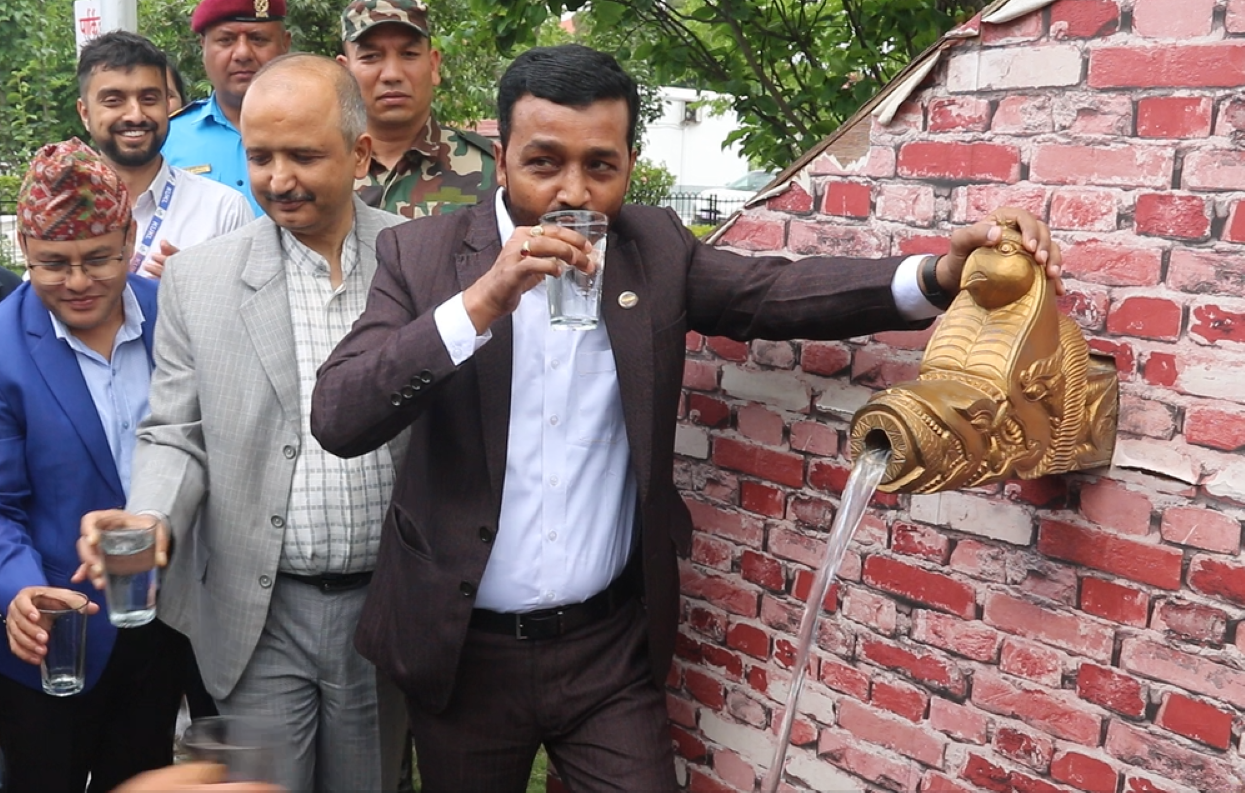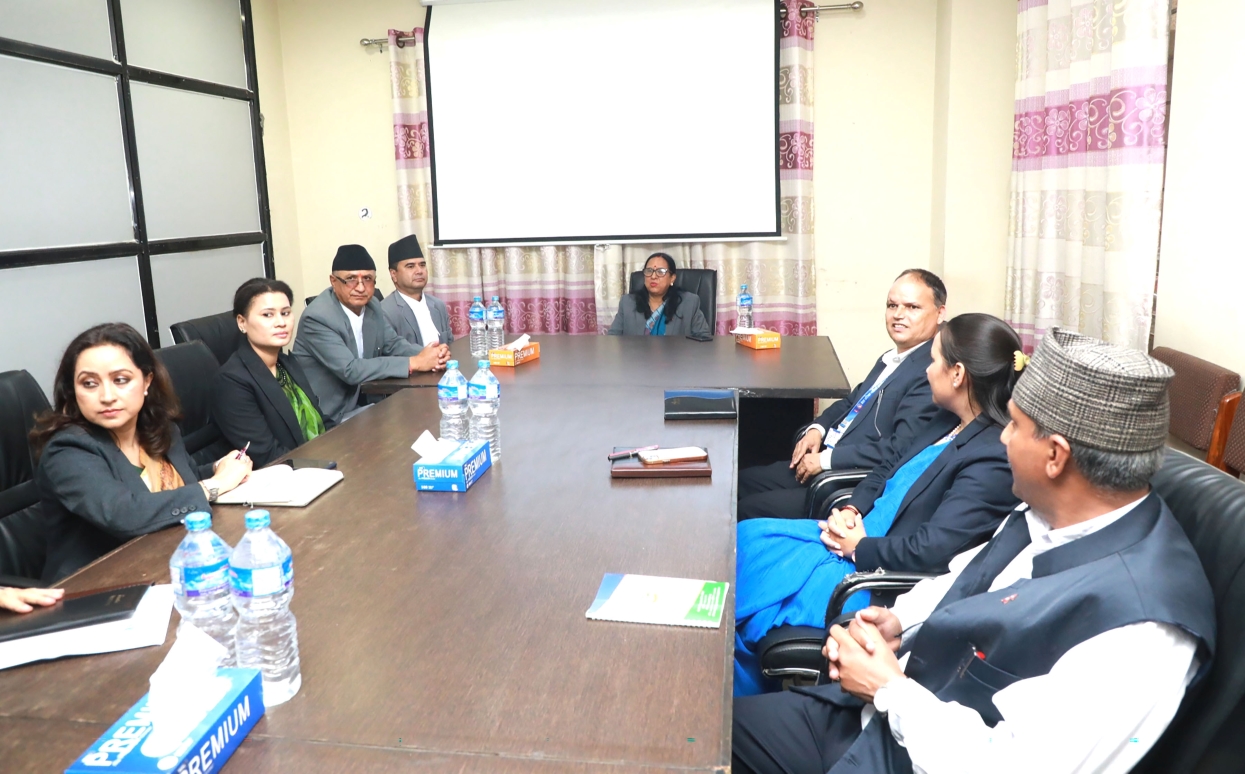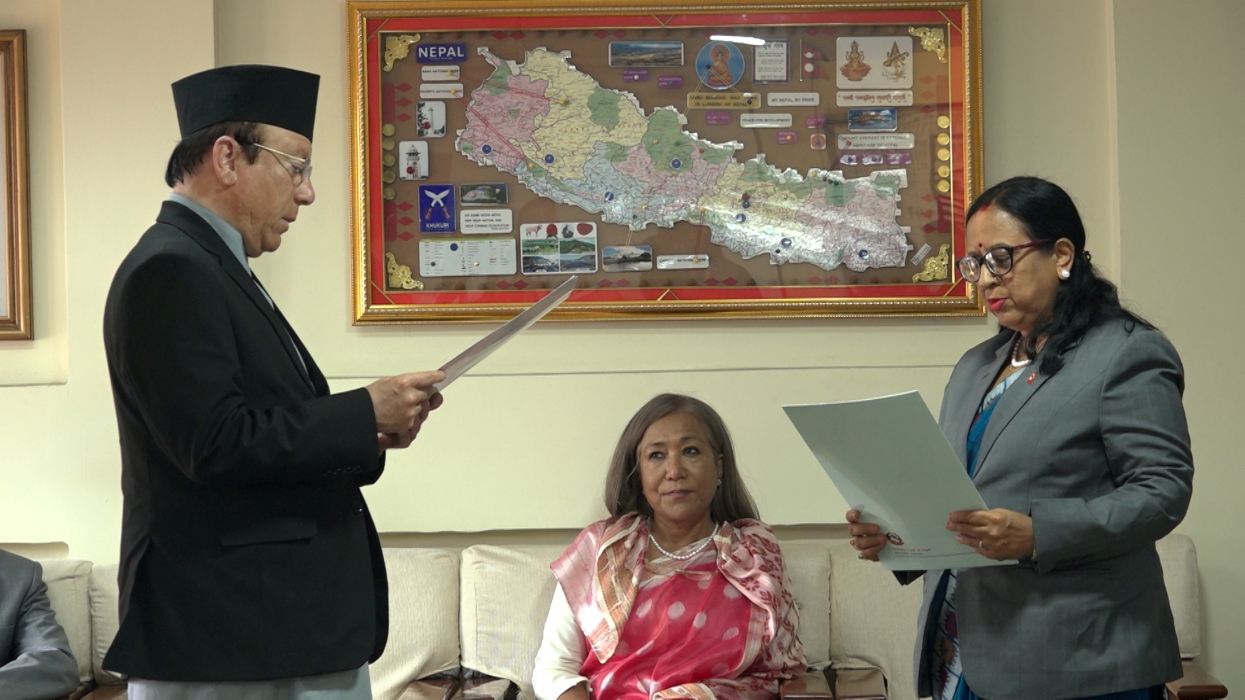Nepal celebrates New Year 2082 with joy & tradition
Across the country, people are exchanging heartfelt wishes and engaging in various traditional rituals to mark the beginning of the new year.

KATHMANDU: Nepal is celebrating the first day of the new year 2082 of the Vikram Samvat calendar today with great enthusiasm and cultural spirit.
Across the country, people are exchanging heartfelt wishes and engaging in various traditional rituals to mark the beginning of the new year.
This day, known as Baisakh Sankranti or Mesh Sankranti, signifies the Sun’s transition from Pisces (Meen Rashi) to Aries (Mesh Rashi).
According to Madhav Bhattarai, former Chairperson of the Nepal Panchanga Nirnayak Bikas Samiti, this solar transition marks the official start of the Vikram Samvat New Year.
“Vikram Samvat is one among the sixty traditional Samvatsars and is linked to the Sun, hence also called Vikramaditya Samvat,” said Bhattarai. “It integrates the astronomical precision of the solar calendar and the cultural aspects of the lunar calendar, making it both scientific and practical.”
Vikram Samvat began 3,044 years after the start of Kali Yuga, and it remains deeply rooted in Nepalese culture. The calendar harmonizes both lunar (Chandraman) and solar (Saurman) elements, adding to its unique significance.
On this auspicious day, people across Nepal begin their morning by bathing, cleaning their homes and courtyards, visiting temples for prayers and offerings, and sharing festive meals with family and friends. Meeting loved ones and exchanging New Year greetings is a cherished part of the tradition. Even Nepalis living abroad observe this day as a symbol of cultural identity and renewal.
While today marks the beginning of the new year according to the solar calendar, the lunar calendar (Chandraman) celebrated the start of the new Samvatsar on Chaitra Shukla Pratipada, which fell on Chaitra 17 (March 30, 2025). This year marks the beginning of Siddharthi Samvatsar, the 53rd out of the 60 Samvatsars that rotate in a cyclical pattern, as noted by Prof. Shreekrishna Adhikari, the current Chairperson of the Panchanga Committee.
The first of the 60 Samvatsars is known as Prabhava, and these cycles have been followed since time immemorial in the Vedic Sanatan Hindu tradition.
Today also serves as a moment of reflection, where individuals assess the successes and shortcomings of the past year, make resolutions, and plan for a better year ahead.
From temples to homes, from rural villages to bustling cities, the spirit of renewal and cultural pride is alive throughout the country as Nepal welcomes the year 2082 Vikram Samvat.
Happy New Year 2082!


